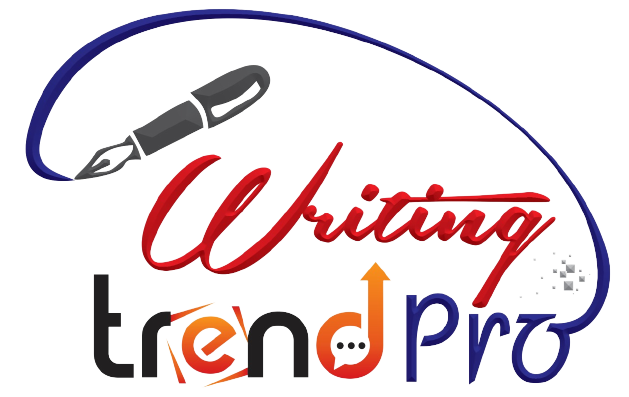Navigating Academic Success: A Comprehensive Guide to 5HR01 Assignments with an Example

Embarking on the academic journey involves mastering various aspects of coursework, and one such crucial element is the 5HR01 assignment. In this comprehensive guide, we’ll delve into the intricacies of 5HR01 assignments, shedding light on the essential elements and providing a detailed example to guide you through the process.
Understanding 5HR01 Assignments: Unveiling the Essentials
1. Decoding the 5HR01 Code:
Before delving into the intricacies of 5HR01 assignments, it’s essential to understand the code itself. The designation “5HR01” is not just a combination of characters; it represents a specific course or module within your academic program.
2. Essence of 5HR01 Assignments:
5HR01 assignments are designed to assess your understanding of key concepts within the course. These assessments go beyond mere memorization, requiring critical thinking, analysis, and the application of theoretical knowledge to real-world scenarios.
3. Navigating the Assignment Landscape:
The assignment landscape for 5HR01 projects can vary, encompassing essays, case studies, research papers, or practical projects. Each format aims to evaluate different skills, providing a well-rounded assessment of your grasp on the subject matter.
4. Importance of Example Assignments:
A fundamental aspect of mastering 5HR01 assignments is studying examples. An example assignment serves as a roadmap, showcasing the structure, depth, and quality of work expected. This guide will include a detailed example to illuminate the key components of a stellar 5HR01 assignment.
Exploring a 5HR01 Assignment Example: A Step-by-Step Analysis
1. Introduction: Setting the Stage:
The introduction of a 5HR01 assignment should provide context and establish the scope of the topic. In our example, we will explore the impact of HR policies on employee satisfaction within a corporate setting.
2. Literature Review: Building on Existing Knowledge:
A literature review is a critical component, demonstrating your awareness of existing research. Our example will delve into studies on HR policies, employee engagement, and the correlation between the two.
3. Methodology: Unveiling the Research Approach:
The methodology section outlines how the research was conducted. In our example, we will discuss survey methodologies, participant selection, and data analysis techniques employed to explore the chosen topic.
4. Findings: Analyzing and Presenting Data:
Findings showcase the results of your research. Our example will present quantitative and qualitative data, providing a comprehensive overview of the impact of HR policies on employee satisfaction.
5. Discussion: Interpreting Results and Implications:
The discussion section is where you interpret your findings and discuss their implications. Our example will delve into the significance of the results, potential areas for improvement in HR policies, and the broader implications for organizational success.
6. Conclusion: Summarizing Key Insights:
The conclusion summarizes the main findings and their relevance. Our example will encapsulate the key insights from the research and emphasize their importance in the context of HR management.
7. References: Citing Sources Appropriately:
A well-referenced assignment is crucial for academic integrity. Our example will include a comprehensive list of references, showcasing a diverse range of sources to support the arguments presented.
Strategies for Excelling in 5HR01 Assignments
1. Understand the Assignment Brief:
Thoroughly analyze the assignment brief to comprehend the specific requirements and expectations set by your instructor.
2. Research Extensively:
Conduct in-depth research to gather a robust foundation of knowledge on the chosen topic. Explore academic journals, books, and reputable sources to enhance the quality of your work.
3. Plan Your Structure:
Outline your assignment structure before diving into the writing process. A well-organized structure ensures a logical flow of ideas.
4. Use Clear and Concise Language:
Communicate your ideas effectively using clear and concise language. Avoid unnecessary jargon and ensure your arguments are easily understood.
5. Revise and Edit Thoroughly:
Allocate ample time for revision and editing. Addressing grammatical errors, refining your arguments, and ensuring a cohesive narrative are crucial for a polished final submission.
Conclusion: Mastering 5HR01 Assignments for Academic Success
In conclusion, navigating the realm of 5HR01 assignments requires a comprehensive understanding of the course code, the assignment landscape, and the application of effective strategies. By exploring the example assignment provided in this guide and implementing the strategies outlined, you’ll be well-equipped to excel in your 5HR01 Assignments Example and embark on a journey toward academic success. Remember, the key lies not just in completing assignments but in comprehending and mastering the subject matter, contributing to your overall growth as a student and future HR professional.




